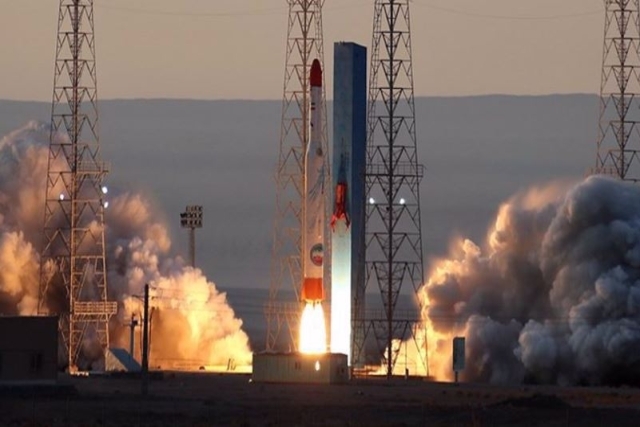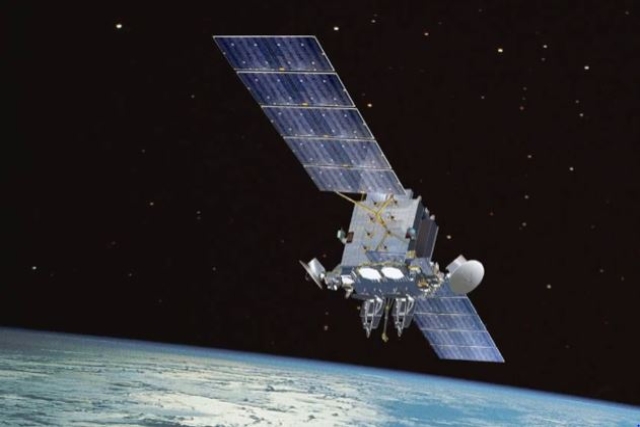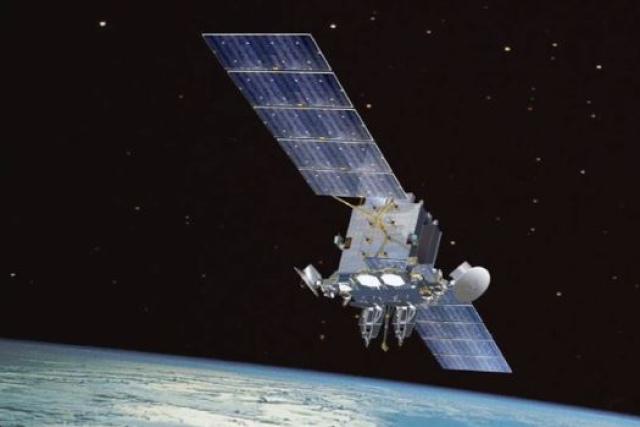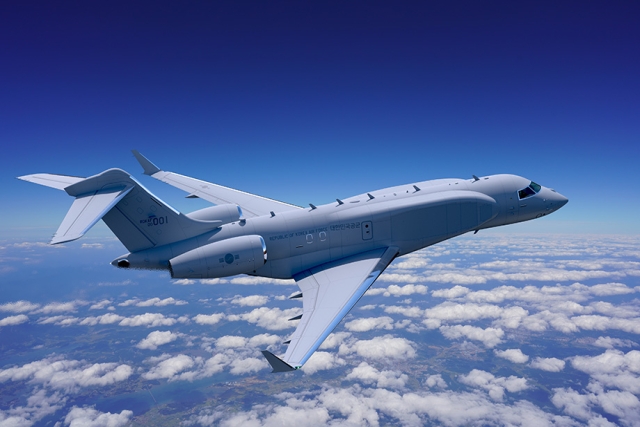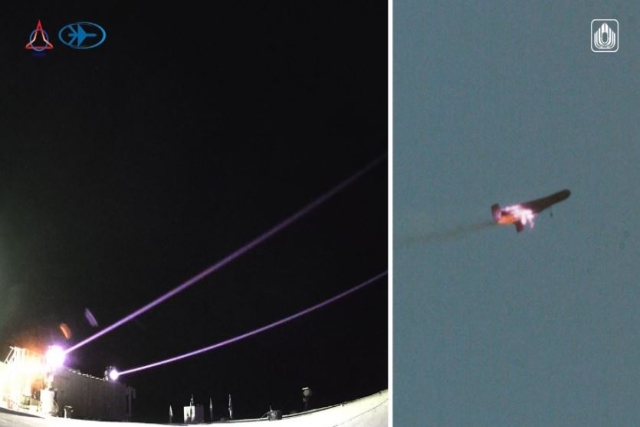Europe to Develop Manoeuvring Satellite for Military Operations Support
The European Defence Agency satellite will move between low earth orbit and very low earth orbit to offer optimum benefits between communications and satellite life
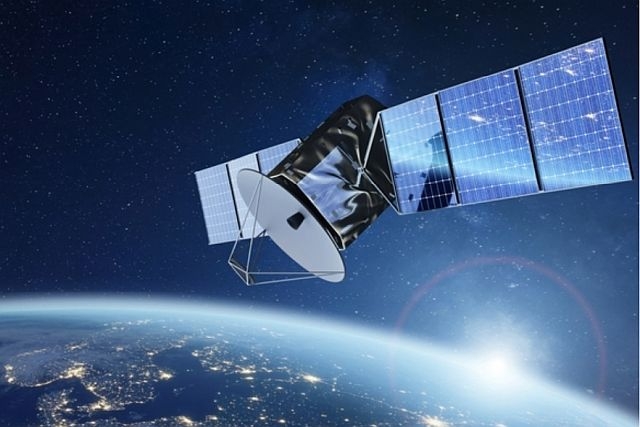
The European Defence Agency (EDA) will build a satellite demonstrator that can manoeuvre between Low Earth Orbit (LEO) to Very Low Earth Orbit (VLEO) to support military operations.
The €10 million project – called LEO2VLEO: Military Crisis-Response Satellite Constellation – with the Netherlands and Austria, will design, develop, launch and operate a constellation of between two and four satellites.
It aims for a space launch in two years time. In this innovative approach to space, the project will, once operational, have the capability to support military operations.
The project was signed on 19 January 2024 between the Netherlands, Austria, and EDA. It was signed in EDA’s Capability Technology Area (CapTech) Space, which helped bring the two countries together for this collaborative project. EDA will support the project throughout.
Very Low Earth Orbit (VLEO) is most commonly situated at an altitude of between 250-350 kilometres. It has the advantage of being closer to the earth than the traditional orbit of satellites, allowing for higher resolution images from optical sensors, improved communications and agility.
As a demonstrator for initial space capabilities, the LEO2VLEO project aims to show the cost benefits of such an approach in a short timeframe. While VLEO is safer from collisions with space debris because objects eventually burn up, dragged into the Earth’s atmosphere, such altitudes require satellites to deal with surface erosion from atomic oxygen and so need more resistant materials.
Developing a satellite able to manoeuvre back into the traditional Low Earth Orbit (LEO) would extend its lifespan by spending time in VLEO only when necessary, as well as presenting lower costs and additional launch opportunities.
EDA Hub for EU Defence Innovation, known as HEDI, has funded a preliminary study for this problem; HEDI was established within EDA in 2022 to foster innovative solutions for military capabilities. If successful, the LEO2VLEO demonstrator could pave the way for a fully operational system to support military missions in the future.

